The two-banded dwarf cichlid, Apistogramma diplotaenia, is one of the dream fish of many Apistogramma lovers. The species originates from the Rio Negro drainage in Brazil. Unfortunately, this fish is also one of the most demanding species of the genus and even minor carelessness – e.g. a missed water change and the resulting increase in bacterial load of the water – is very resented.
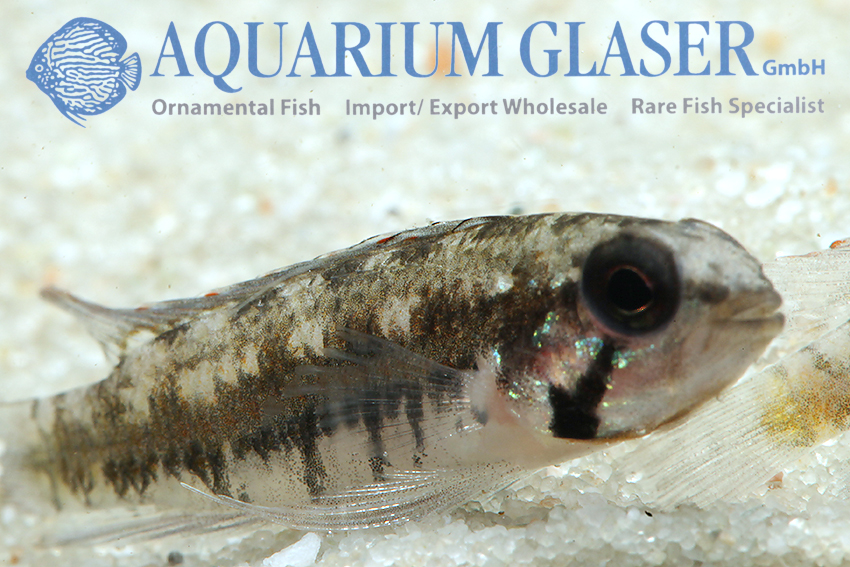
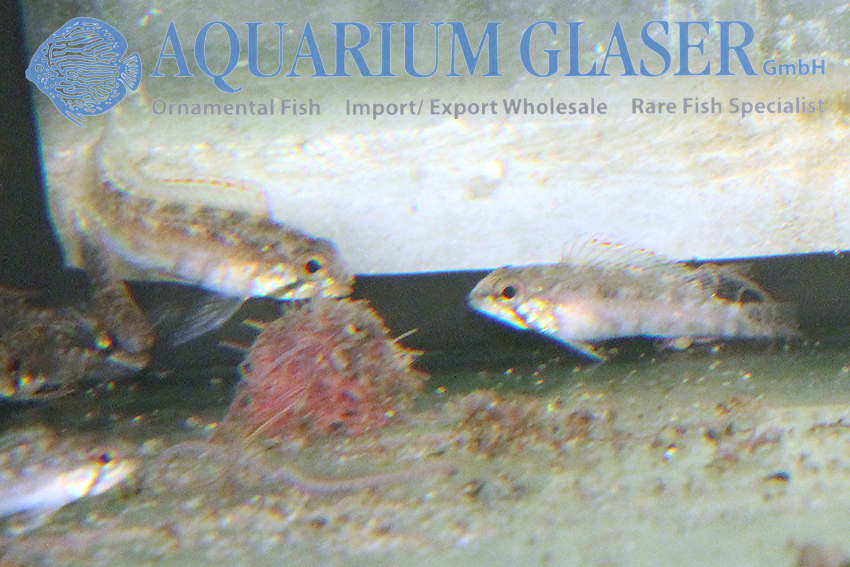
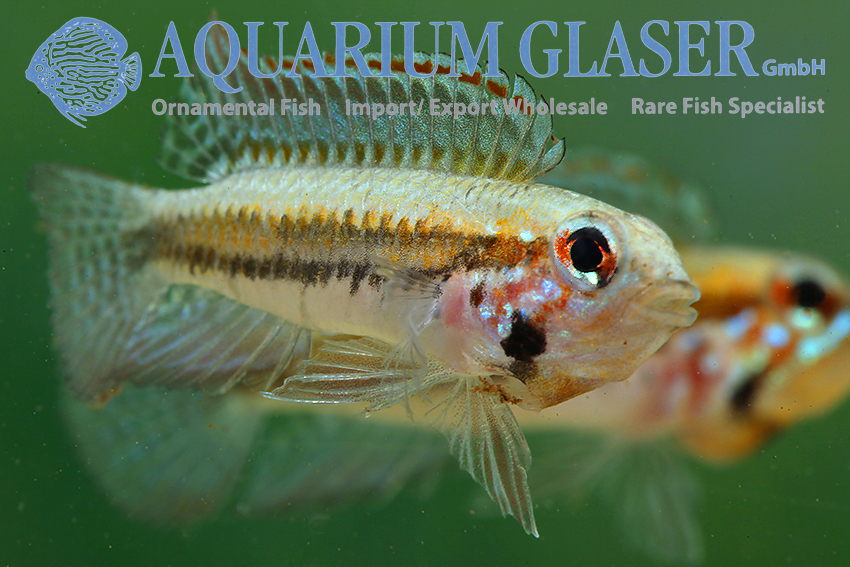
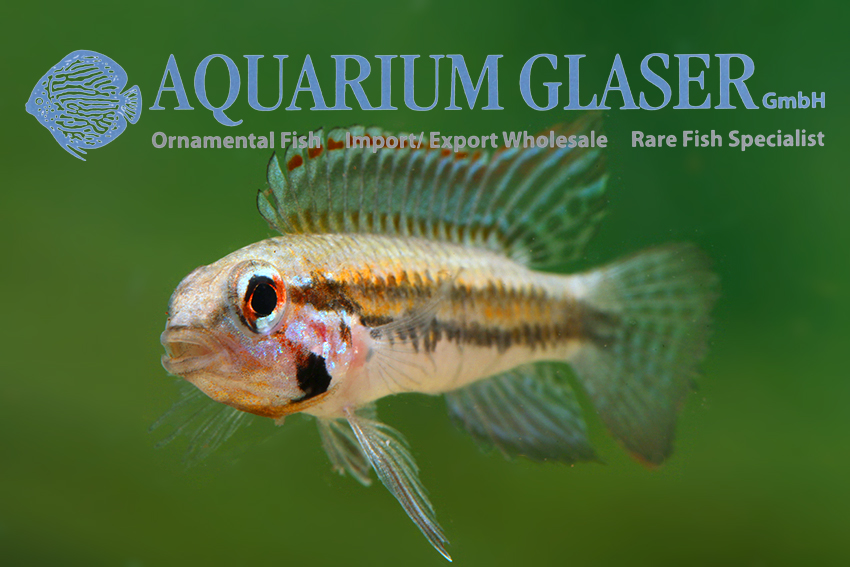
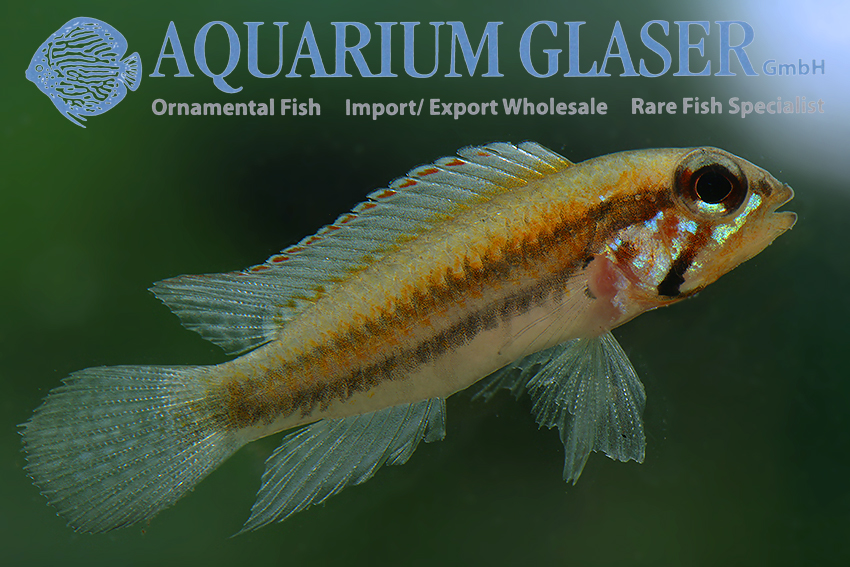
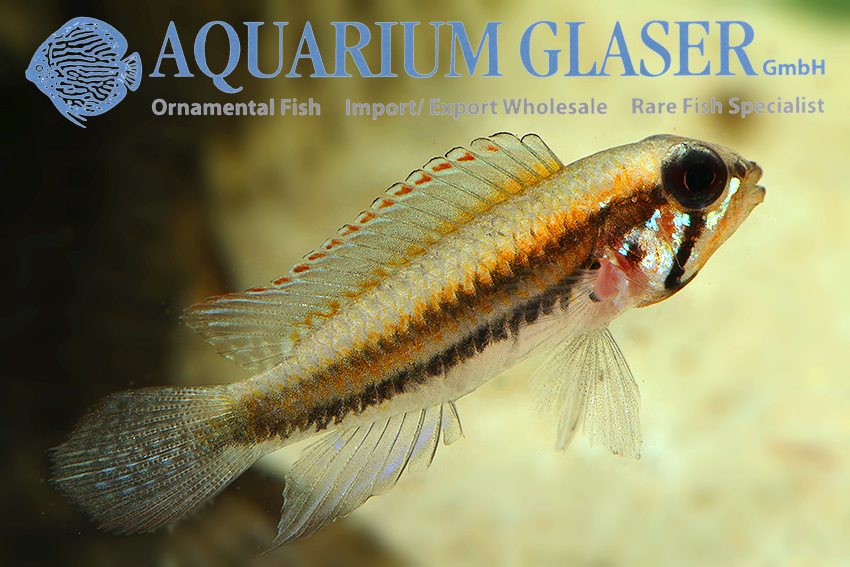
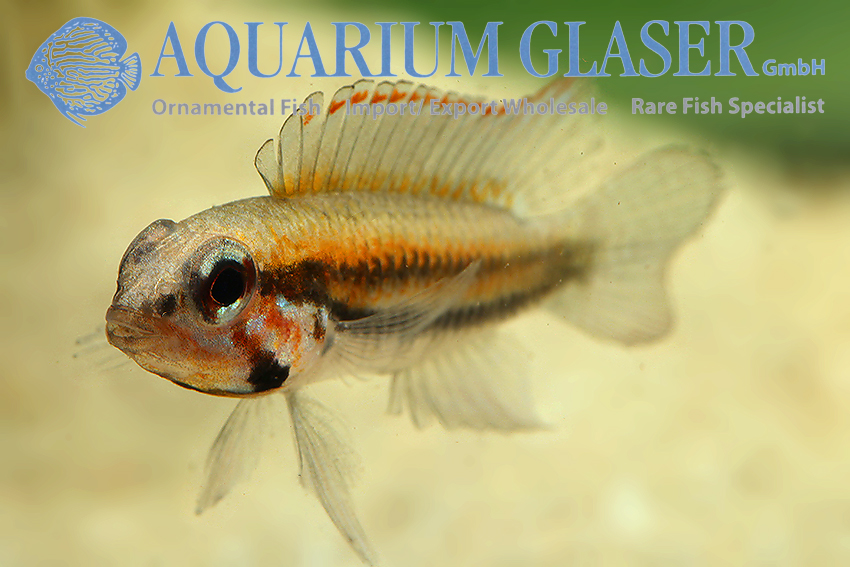
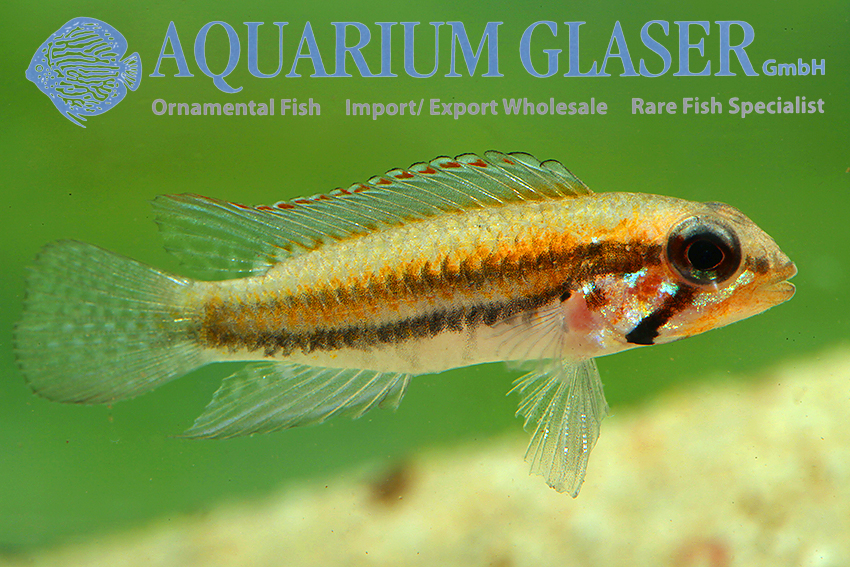
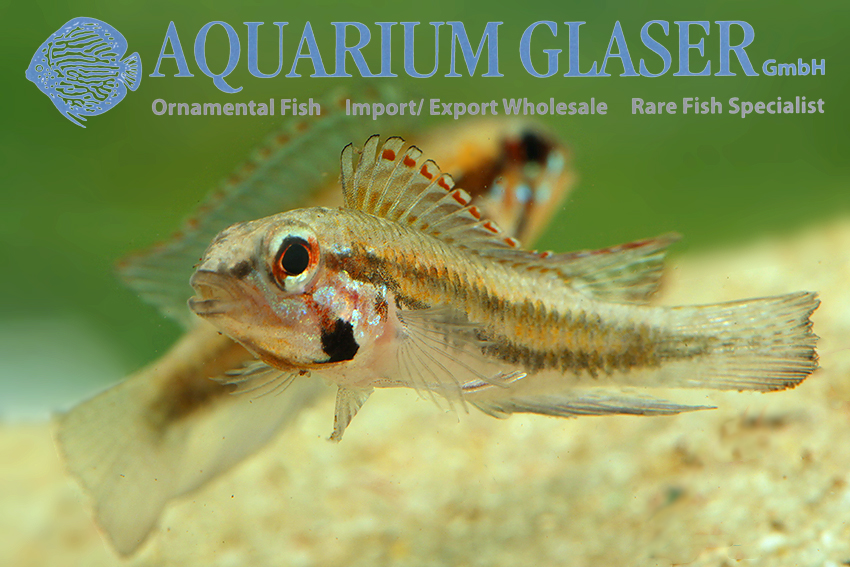
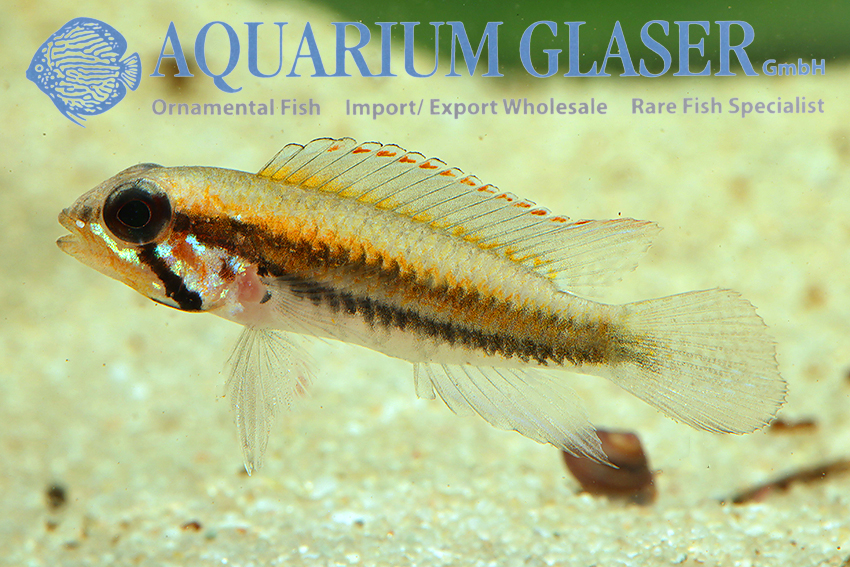
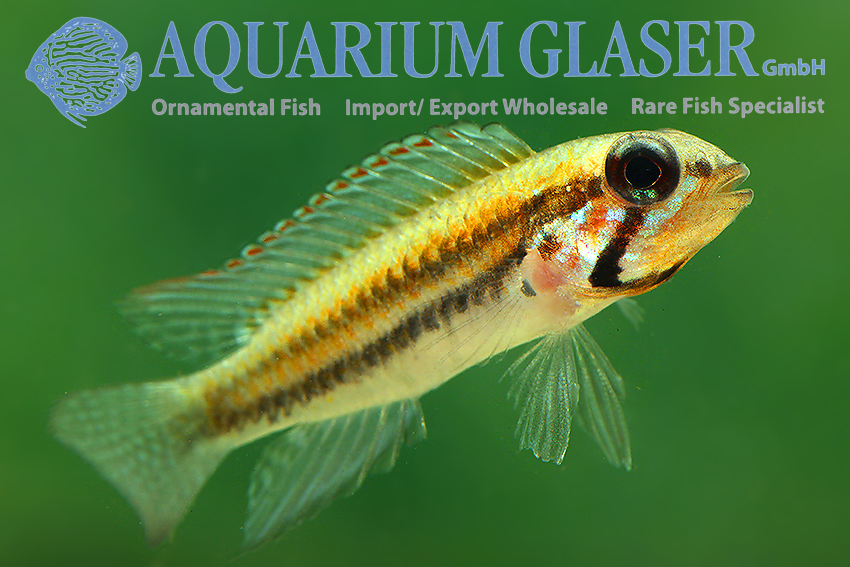
Because of its unique coloration, A. diplotaenia was previously considered to be unmistakable until 2019 when a twin species, A. psammophila was described from the Rio Atabapo in Colombia. In fact, it is impossible to distinguish the two species in the juvenile stage without knowledge of their origin. There is one distinct feature that differentiates A. diplotaenia and A. psammophila, and that is vertical black stripes on the belly of A. psammophila, which never occur in A. diplotaenia. Unfortunately, this stripe coloration cannot be provoked well. It is obviously only shown depending on the mood, but in which mood? Strongly stressed animals fade completely and during aggressive actions the stripes are also not visible or at most indicated. Apparently they are best seen in relaxed, rather “bored” animals. A second characteristic is the shape of the caudal fin (round in A. diplotaenia, lanceolate in A. psammophila), but this is only clearly visible in fully grown males and therefore irrelevant for juvenile determinations.
In any case we are very proud to be able to offer this precious specimen. For the care of this fish we recommend only experienced specialists. It seems to us that the fish, although they are still very small with 2-3 cm and just sexually mature, are extremely incompatible with each other. There are no damage fights, but constant stress seems to be enough to harm the immune system to such an extent that severe diseases occur.
For our customers: the animals have code 626632 on our stock list. Please note that we only supply wholesale. Only very few specimens available!
Text & photos: Frank Schäfer




